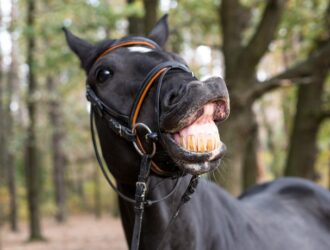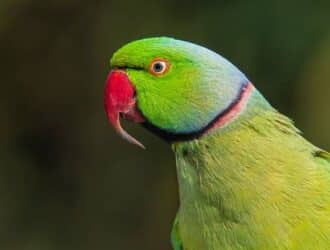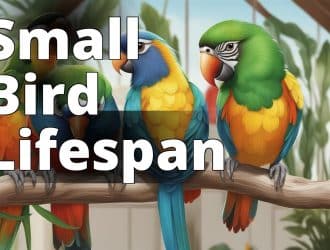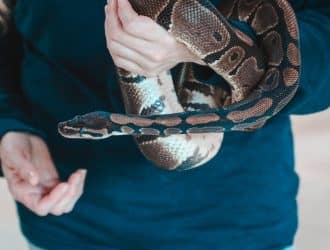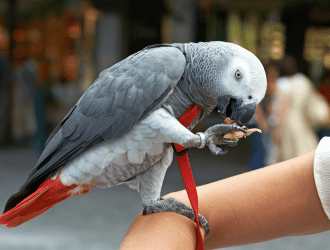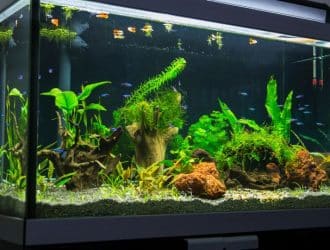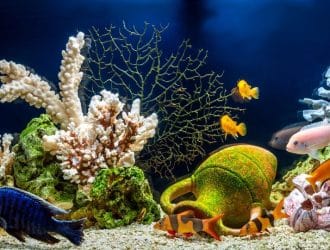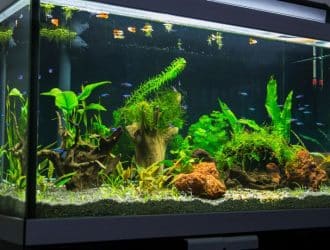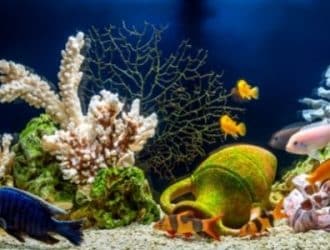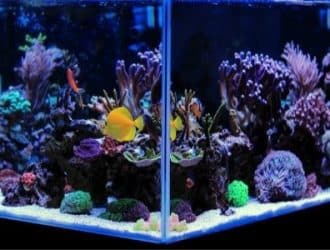Happy Smiles: Why Horses Need Good Dental Health
Equine dental health is one of the most overlooked aspects of horse care, yet it…
My Pet Bird’s Beak Is Getting Too Long, What Do I Do?
Has your pet bird’s beak been going through a growth spurt? Whether you have a…
How Long Do Pet Birds Live? – PetBirdLife
The longevity of pet birds is a tapestry of genetics, care, and environment, woven intricately…
Exploring the Intrigue of Exotic Animals: What Are Exotic Pets?
In the realm of pet ownership, a unique breed of animal lovers extend their passion…
From Feisty to Friendly: How to Train and Socialize Your African Grey Parrot
When it comes to the world of pet birds, African Greys stand out as one…
Signs Your Aquarium Plants Are Nutrient Deficient
The plants in your aquarium help oxygenate, filter, and maintain the overall chemical balance of…
The Difference Between KH and GH in Aquariums
Most fish hobbyists know that they have to monitor pH, ammonia, and nitrate levels in…
Tips and Tricks for Cat-Proofing Your Aquarium
If you own a cat and an aquarium, you probably already know the struggles of…
Tips for Turning Your Aquarium Into an Underwater Paradise
Putting together a freshwater tank can be deceptively easy. Creating the right ecosystem for your…
Tips for Introducing Invertebrates Into a Reef Aquarium
Invertebrates are vital to the continued success of a balanced, healthy aquarium ecosystem. Since they…
